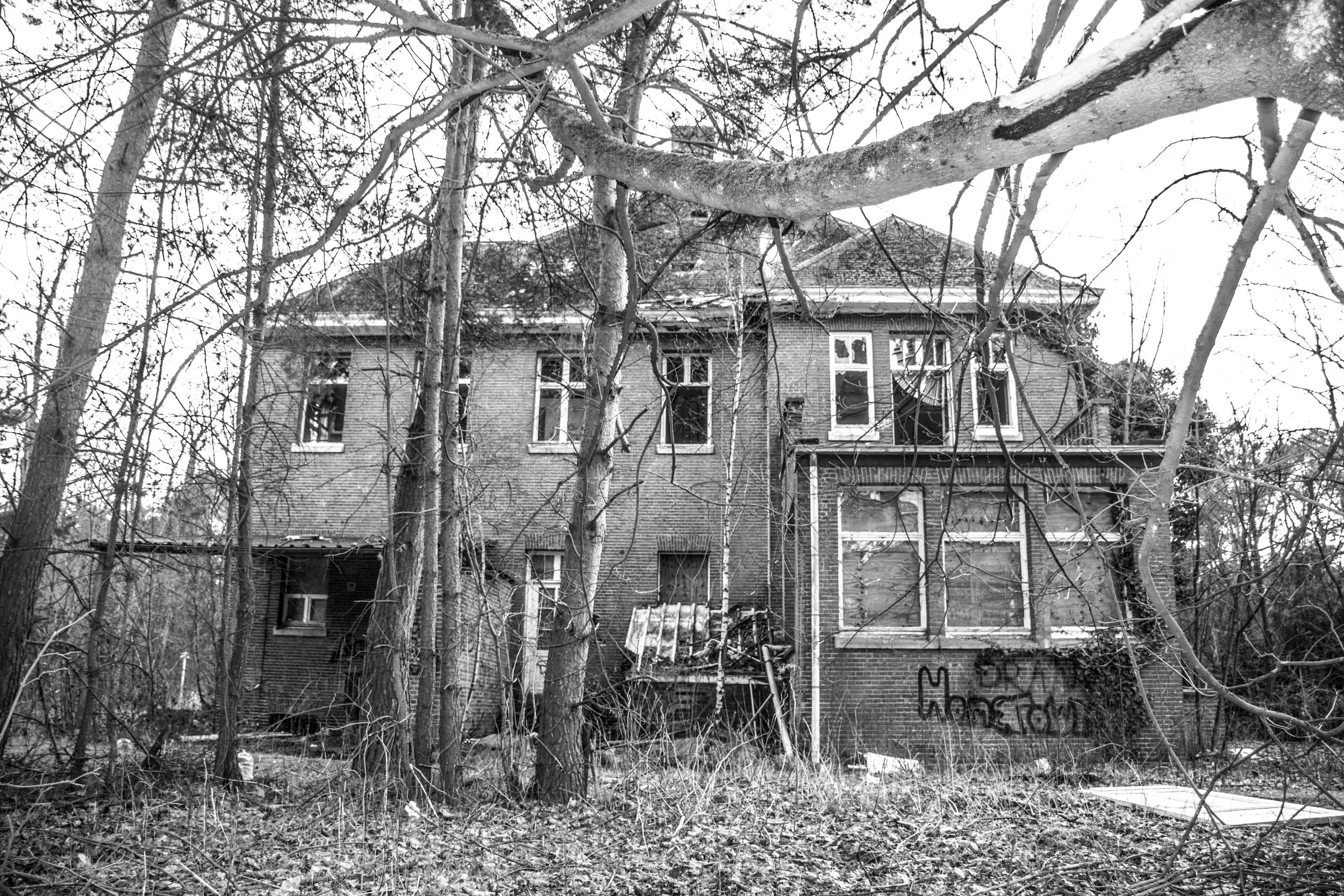What To Budget For When You're Buying An Older Home
Buying an older property comes with a certain amount of charm and that’s why so many of us love them. But there’s also a long list of potential costs that newbuild’s generally avoid (although these are not without their problems too). The first and most important step if you’re buying any home, but particularly an older one is having a proper survey carried out.
A good surveyor will point out hidden issues that may not be obvious at first viewing, from damp in the walls to outdated wiring or signs of structural movement. This is never money wasted because it helps you understand what you’re actually taking on and lets you budget realistically. You might be able to negotiate money off the asking price depending on what’s found, but more than likely many of the jobs will end up being sorted by you. So even with a detailed report, it is sensible to expect extra jobs to crop up once work begins.
Updating the essentials
The electrics are one of the first areas to look at in an older home. Older wiring may not meet modern safety standards and sometimes a full rewire is the only safe option. Plumbing is another big consideration, especially if bathrooms or kitchens are being moved to different parts of the house. Rerouting pipes and drains can be costly depending on where you want them placing, and it’s better to factor this in early rather than discover it halfway through a renovation. These jobs are disruptive but they are also the foundations of a safe and comfortable home.
Changes that improve layout
Many buyers of period properties want to open up spaces that were originally built as small separate rooms. Taking down walls or creating larger kitchen diners is common, but it is not always straightforward. Supporting walls may need additional reinforcement and this adds to the overall cost. Kitchens in particular are a big-ticket item since replacing cabinets, worktops and appliances rarely comes cheap. If your budget allows, it makes sense to tackle these larger layout changes at the same time as electrical and plumbing work so the disruption happens all at once.
Smaller but necessary fixes
Even after the main jobs are covered, there will usually be smaller repairs that still need attention. Windows might need restoring or replacing, roofs often require patching, and exterior surfaces can show their age. Something as simple as a cracked path or damaged step may lead you to look into concrete repair,, which is a practical but often overlooked task. These details do not carry the same excitement as a new kitchen but they affect how safe and functional the home feels.
Building a realistic budget
The safest approach is to expect that the cost of bringing an older home up to standard will be higher than you first imagine. Surveys help reduce surprises but they rarely catch everything. And even the things they do catch aren’t always things that the seller can, or will put right themselves.

